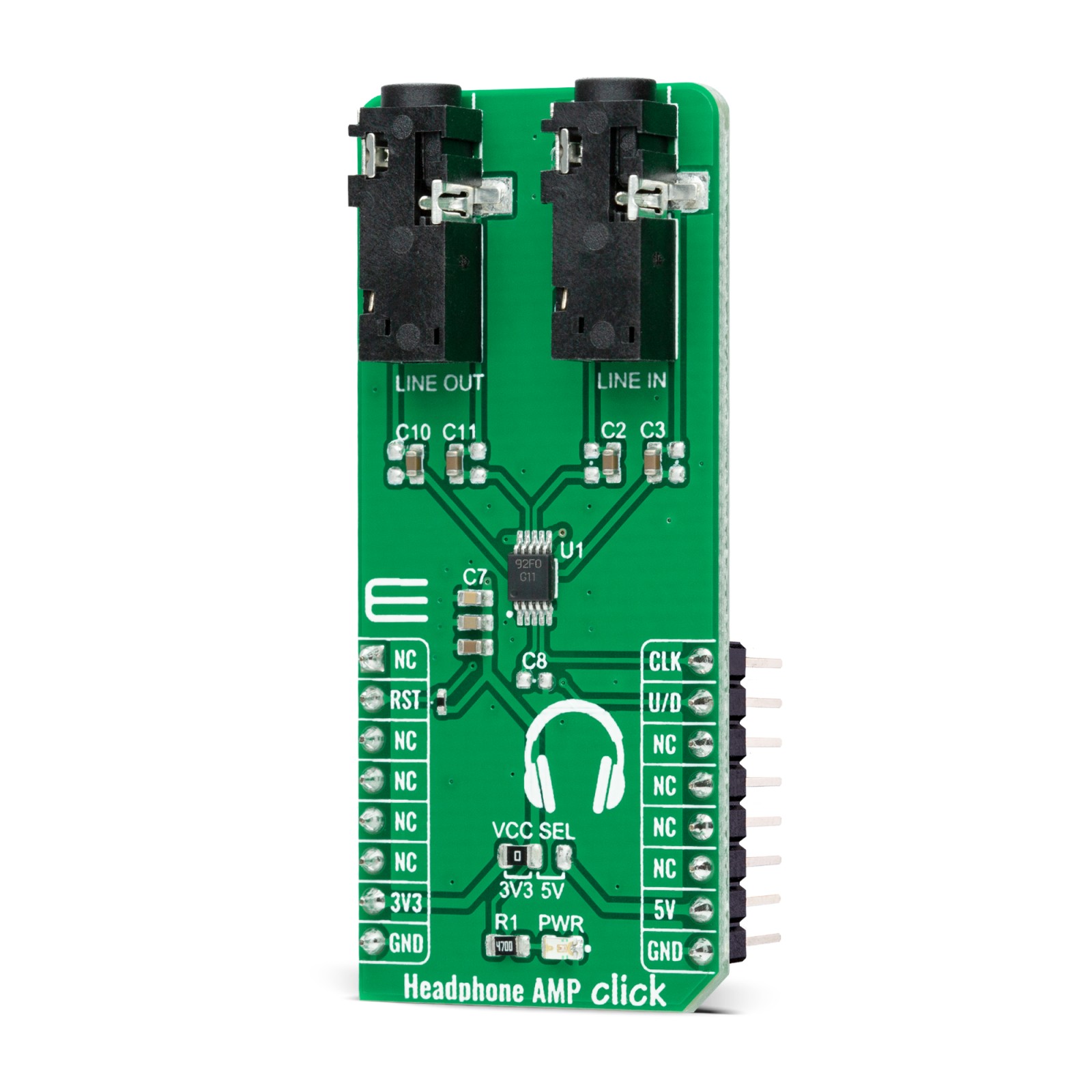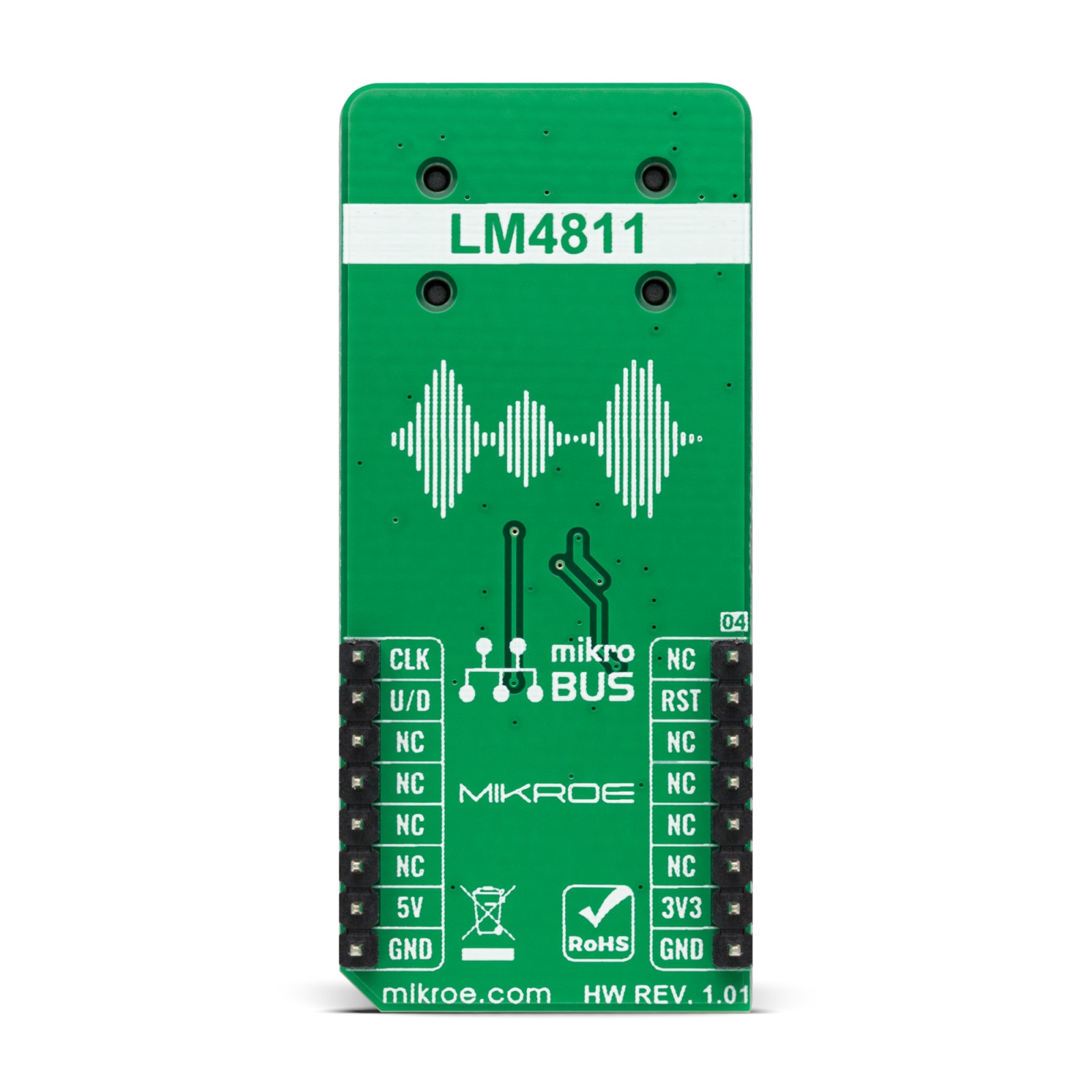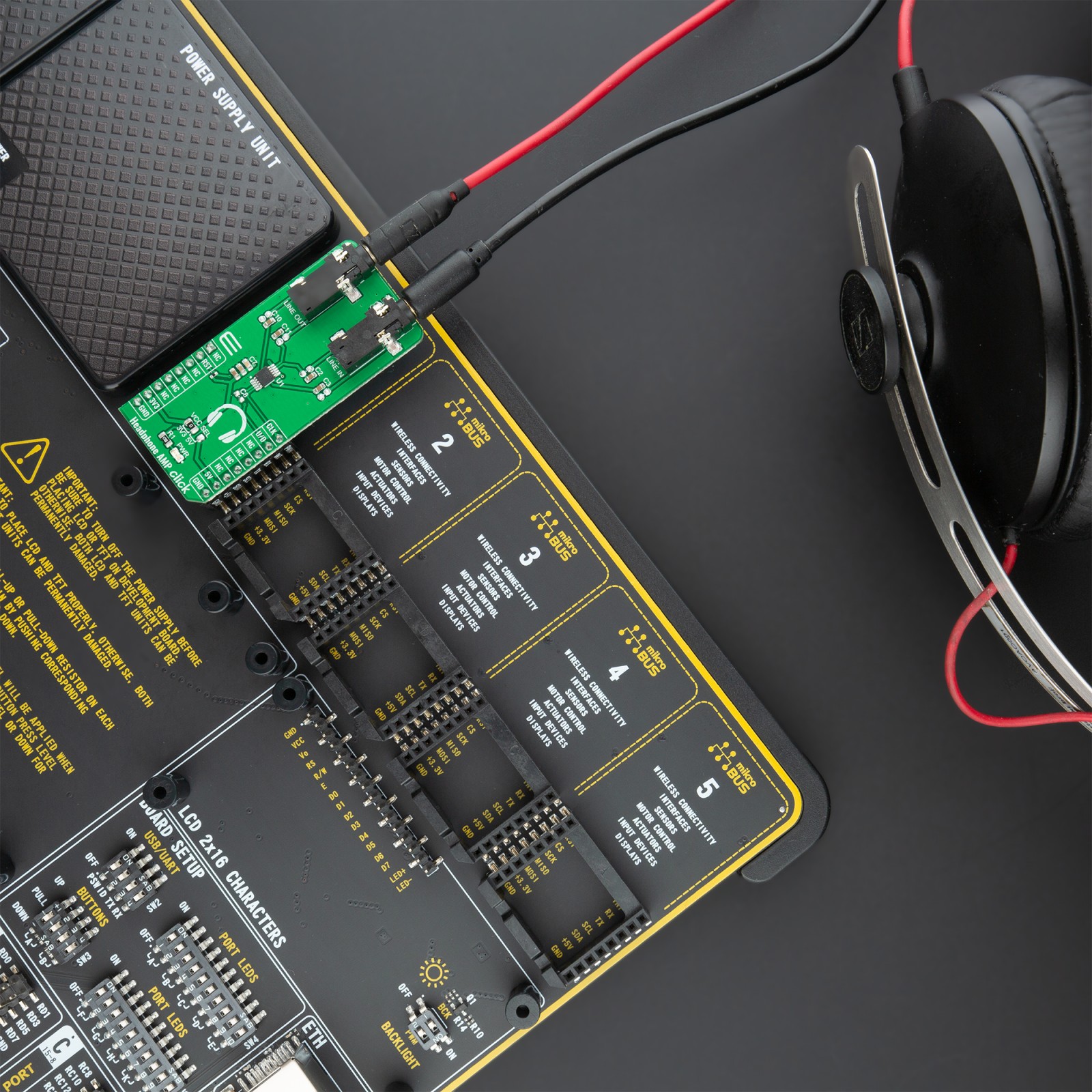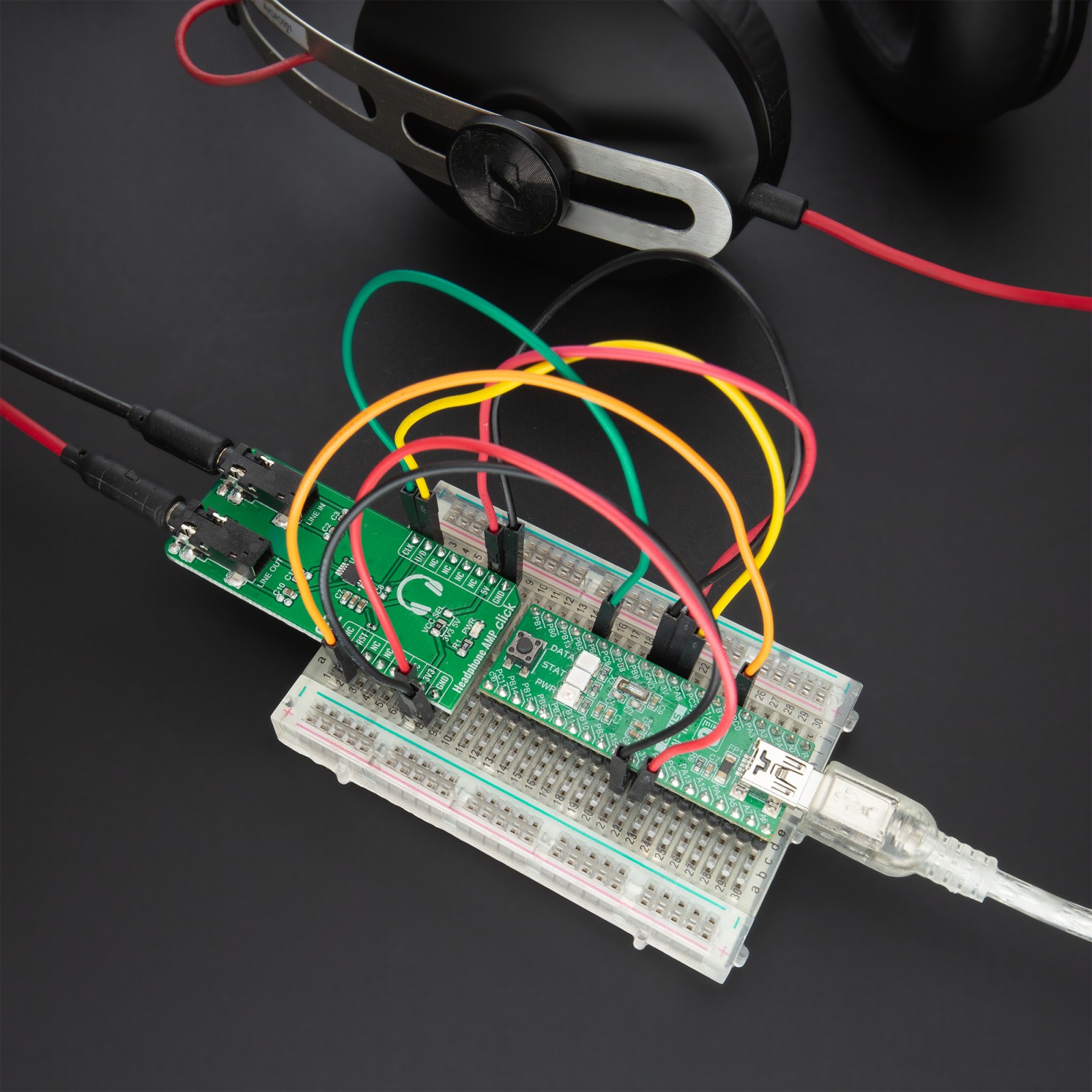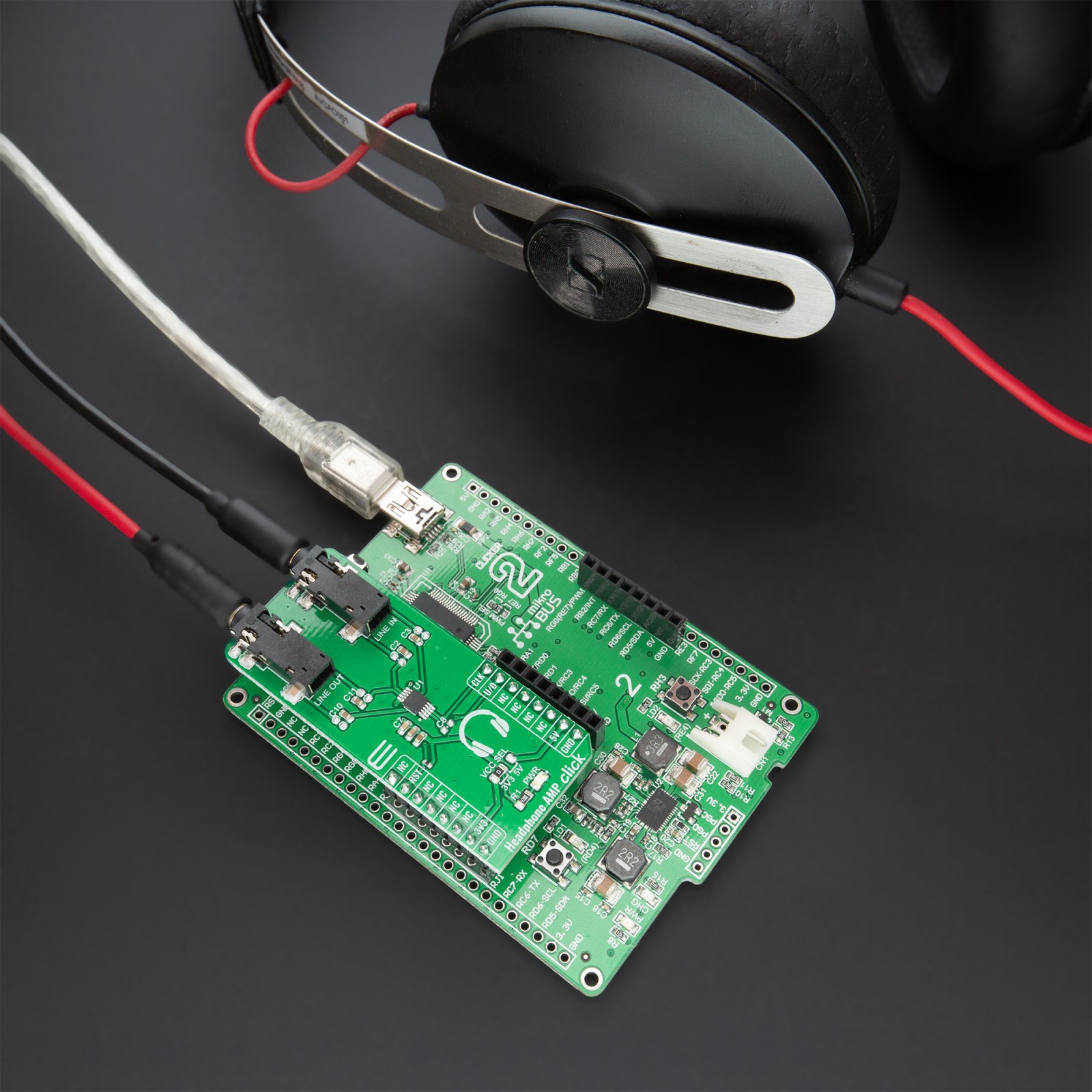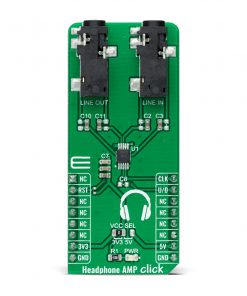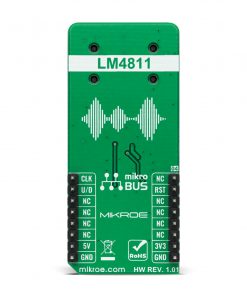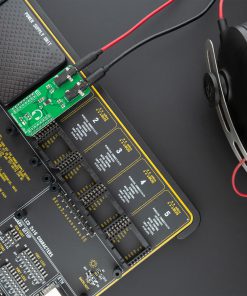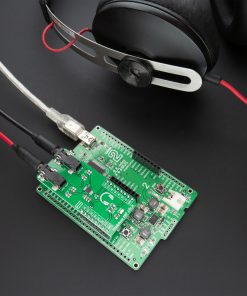-
×
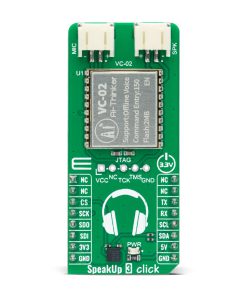 SpeakUp 3 Click
1 ×
SpeakUp 3 Click
1 × R370.00R333.00 -
×
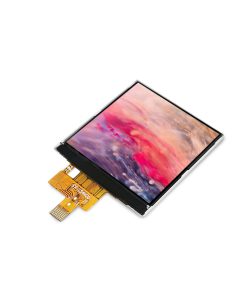 LCD IPS 1.54” Display
1 ×
LCD IPS 1.54” Display
1 × R260.00R234.00 -
×
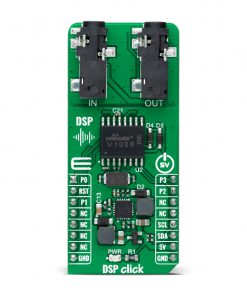 DSP Click
1 ×
DSP Click
1 × R1,150.00R1,035.00 -
×
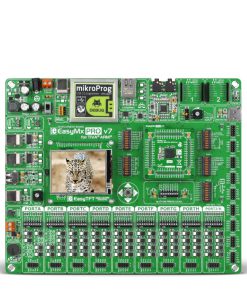 EasyMx PRO™ v7 for Tiva™ C Series
1 × R6,000.00
EasyMx PRO™ v7 for Tiva™ C Series
1 × R6,000.00 -
×
 AudioAmp 3 Click
1 ×
AudioAmp 3 Click
1 × R970.00R873.00 -
×
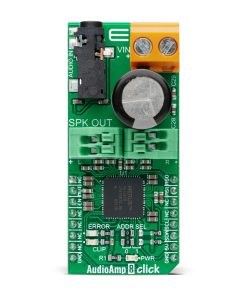 AudioAmp 8 Click
1 ×
AudioAmp 8 Click
1 × R775.00R697.50 -
×
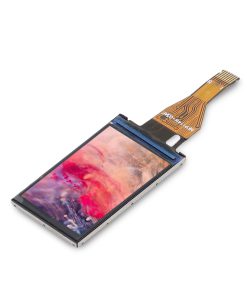 LCD IPS 1.14” Display
1 ×
LCD IPS 1.14” Display
1 × R205.00R184.50 -
×
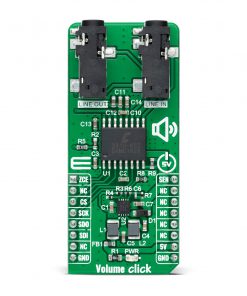 Volume Click
1 ×
Volume Click
1 × R1,050.00R945.00 -
×
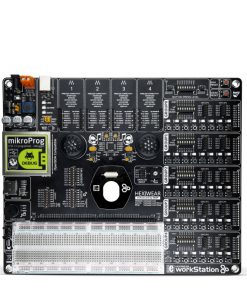 Hexiwear Workstation
1 × R3,200.00
Hexiwear Workstation
1 × R3,200.00 -
×
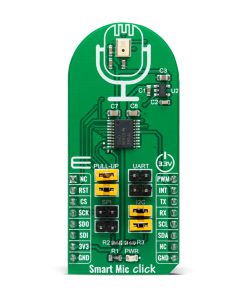 Smart Mic Click
1 ×
Smart Mic Click
1 × R425.00R382.50 -
×
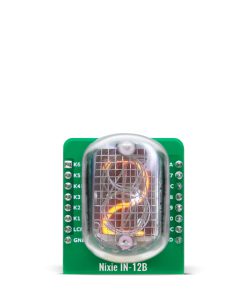 Nixie IN-12B
1 ×
Nixie IN-12B
1 × R645.00R580.50 -
×
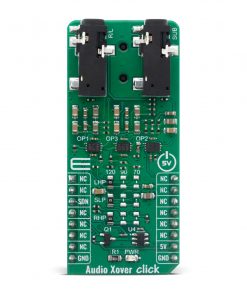 Audio Xover Click
1 ×
Audio Xover Click
1 × R610.00R549.00 -
×
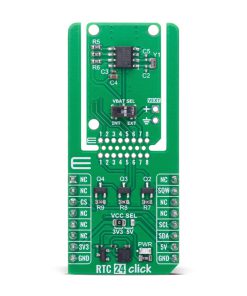 RTC 24 Click
1 ×
RTC 24 Click
1 × R460.00R414.00 -
×
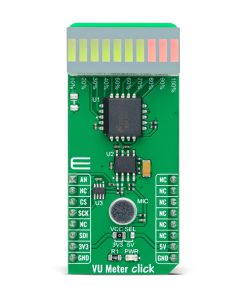 VU Meter Click
1 ×
VU Meter Click
1 × R775.00R697.50 -
×
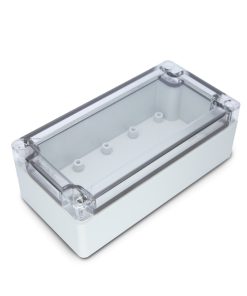 Plastic enclosure for CLICKER 4
1 ×
Plastic enclosure for CLICKER 4
1 × R1,150.00R1,035.00 -
×
 GPS Click
1 ×
GPS Click
1 × R1,050.00R945.00 -
×
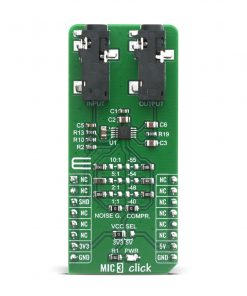 MIC 3 Click
1 ×
MIC 3 Click
1 × R330.00R297.00 -
×
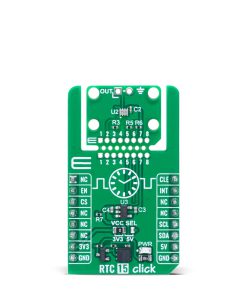 RTC 15 Click
1 ×
RTC 15 Click
1 × R275.00R247.50 -
×
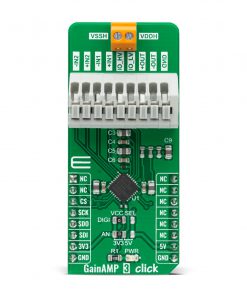 GainAMP 3 Click
1 ×
GainAMP 3 Click
1 × R555.00R499.50 -
×
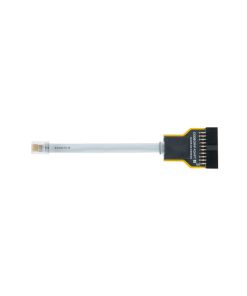 CODEGRIP ADAPT V5
1 ×
CODEGRIP ADAPT V5
1 × R165.00R148.50 -
×
 RN4678 Click
1 ×
RN4678 Click
1 × R850.00R765.00
Subtotal: R20,148.00


